Viscosity is defined as the rate of a fluid’s internal resistance to flow. Intermolecular force, molecular mass, and temperature are considered to be the main factors affecting viscosity. Fluids that show a directly proportional relationship between flow rate and friction resistance are classified as Newtonian fluids. The best method to measure the viscosity of Newtonian fluids is by using capillary viscometers. Through these apparatuses, we can derive kinematic viscosity from the flow time of a fluid kept at a constant temperature within a capillary with known diameters and lengths.
Automatic Kinematic Viscometers
-
- Automate sampling, measurement, and wash process to increase operator efficiency.
- Shorten analysis cycles.
- Lower your solvent consumption with fully automatic washing and drying operations.
- Automatic calibration options minimize time and the amount of reference materials used.
- Wide-range viscometer tubes eliminate the requirement for tube replacements.
- Minimize deviations due to operator error.
- Apply measurements within a wide temperature range with built-in heating and cooling components.
- Analysis data can be stored on the device database or transferred to USB or a PC.
Viscometer Applications
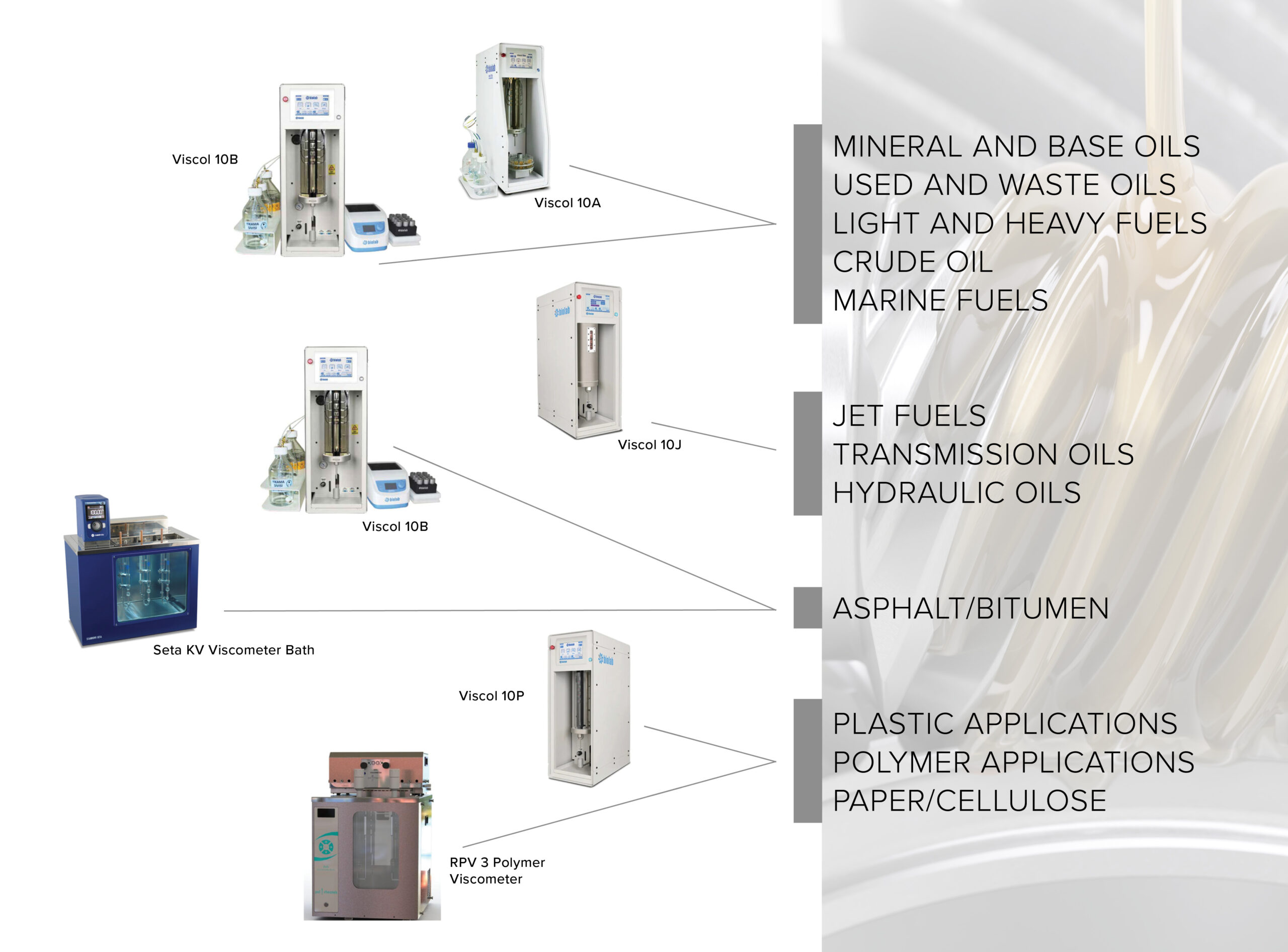
Viscometers by Method
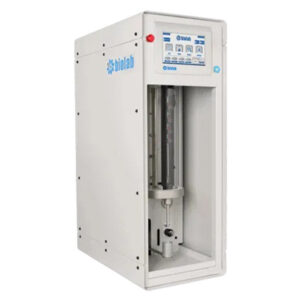 |  | 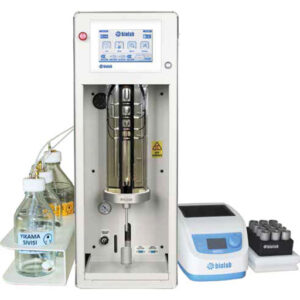 | 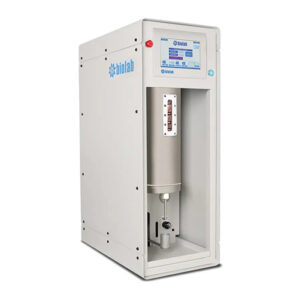 | 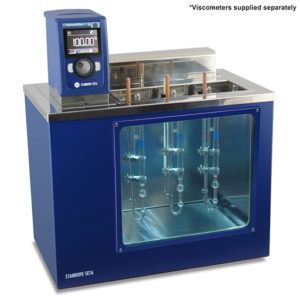 | 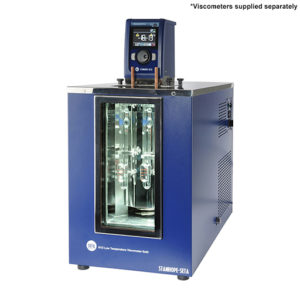 | 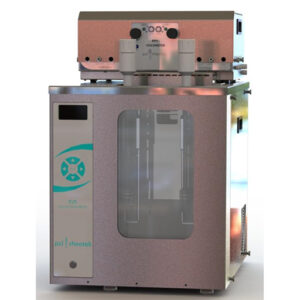 | 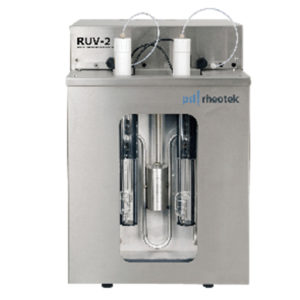 |
||
| STANDARDS | Viscol 10A | Viscol 10P | Viscol 10B | Viscol 10J | Seta KV Viscometer Bath | Seta KV-2 Low Temperature Viscmoeter Bath | RPV 3 Polymer Viscometer | RUV 2 Automated KV | |
| ASTM D445 | Standard Test Method for Kinematic Viscosity of Transparent and Opaque Liquids (and Calculation of Dynamic Viscosity) | ||||||||
| ASTM D446 | Standard Specifications and Operating Instructions for Glass Capillary Kinematic Viscometers | ||||||||
| ASTM D789 | Standard Test Method for Determination of Relative Viscosity of Concentrated Polyamide (PA) Solutions | ||||||||
| ASTM D871 | Standard Test Methods of Testing Cellulose Acetate | ||||||||
| ASTM D1243 | Standard Test Method for Dilute Solution Viscosity of Vinyl Chloride Polymers | ||||||||
| ASTM D1601 | Standard Test Method for Dilute Solution Viscosity of Ethylene Polymers | ||||||||
| ASTM D1795 | Standard Test Method for Intrinsic Viscosity of Cellulose | ||||||||
| ASTM D2170 | Standard Test Method for Kinematic Viscosity of Asphalts | ||||||||
| ASTM D2270 | Standard Practice for Calculating Viscosity Index from Kinematic Viscosity at 40 °C and 100 °C | ||||||||
| ASTM D2857 | Standard Practice for Dilute Solution Viscosity of Polymers | ||||||||
| ASTM D4243 | Standard Test Method for Measurement of Average Viscometric Degree of Polymerization of New and Aged Electrical Papers and Boards | ||||||||
| ASTM D4603 | Standard Test Method for Determining Inherent Viscosity of Poly(Ethylene Terephthalate) (PET) by Glass Capillary Viscometer |
